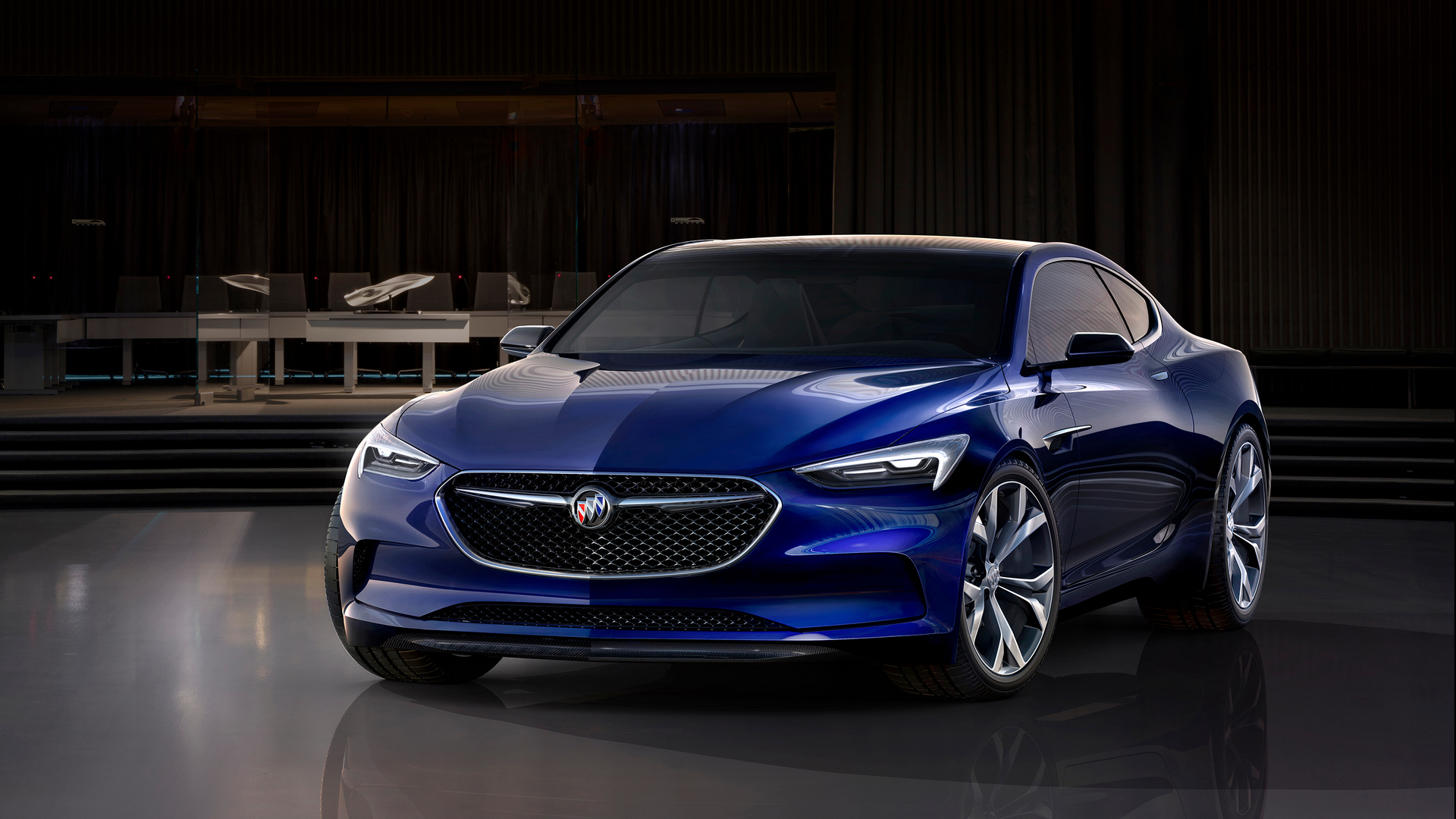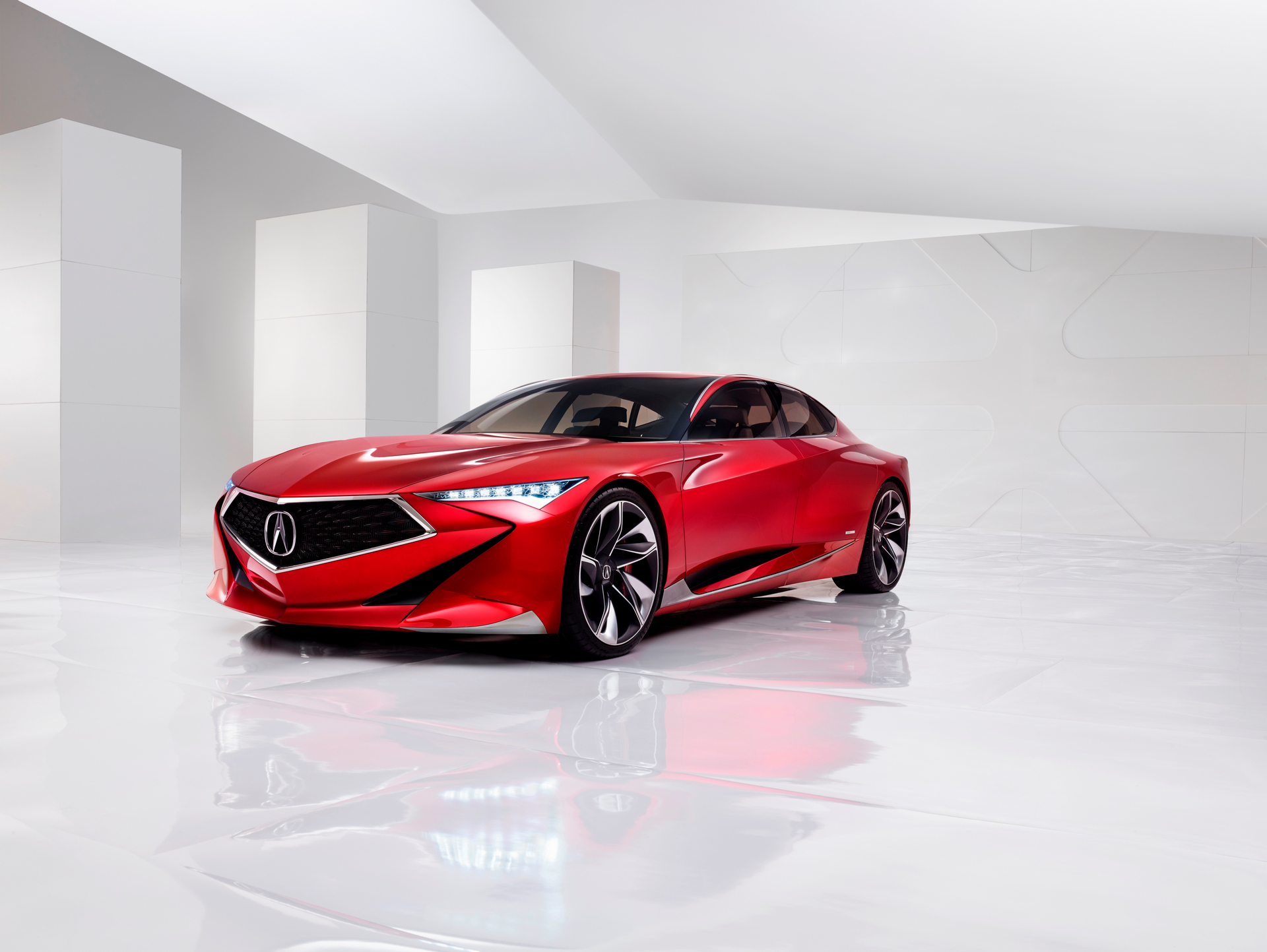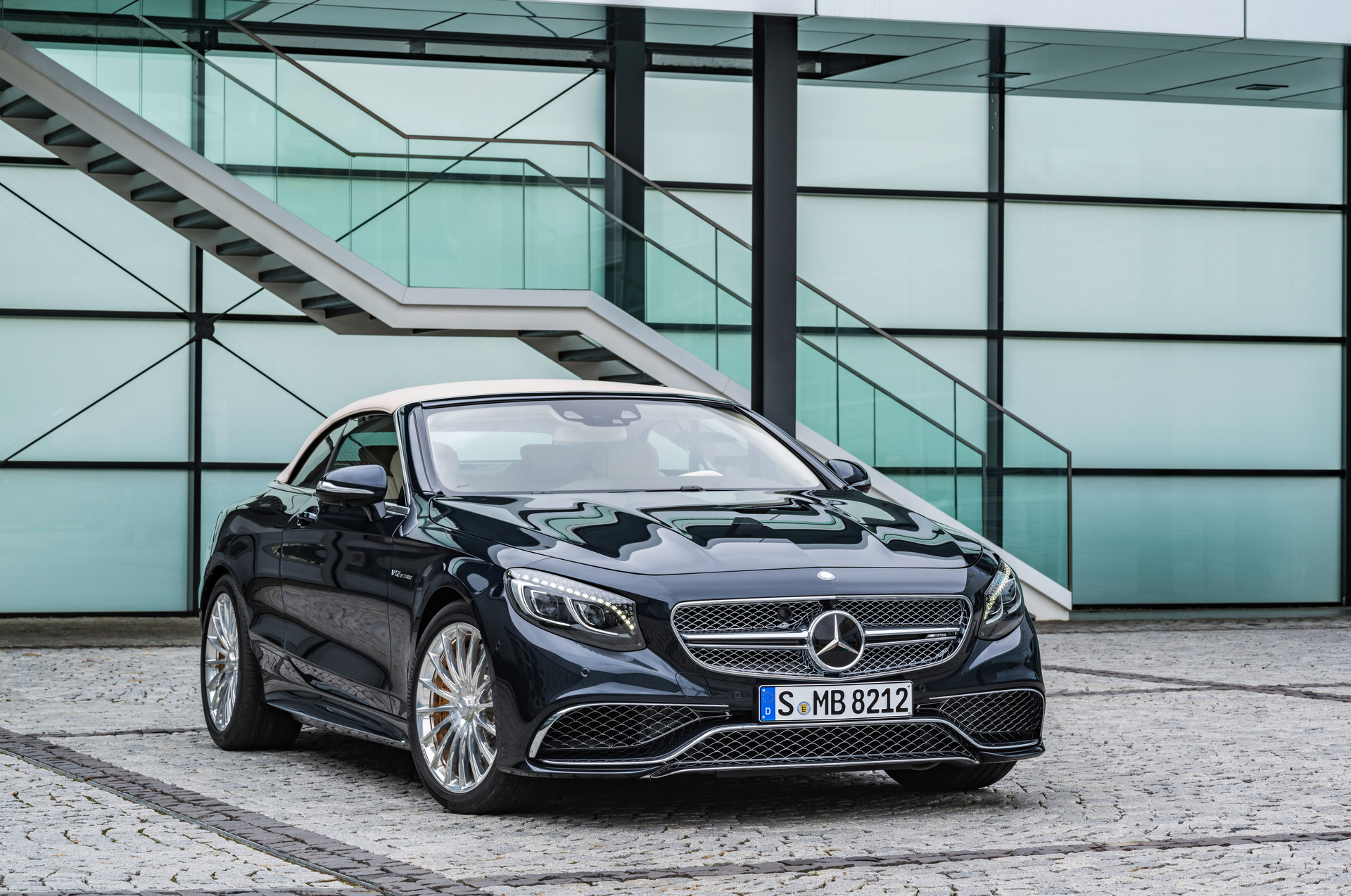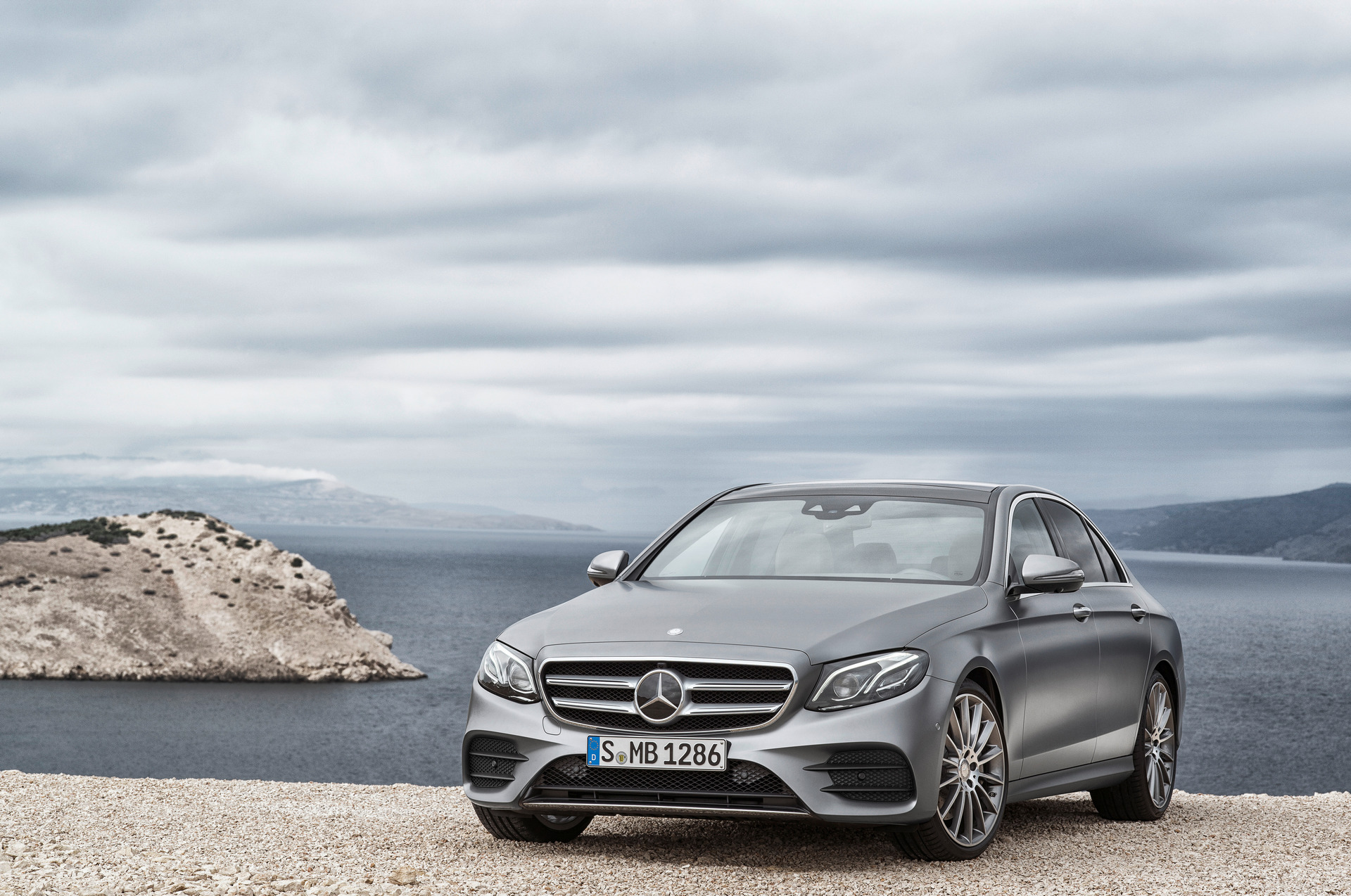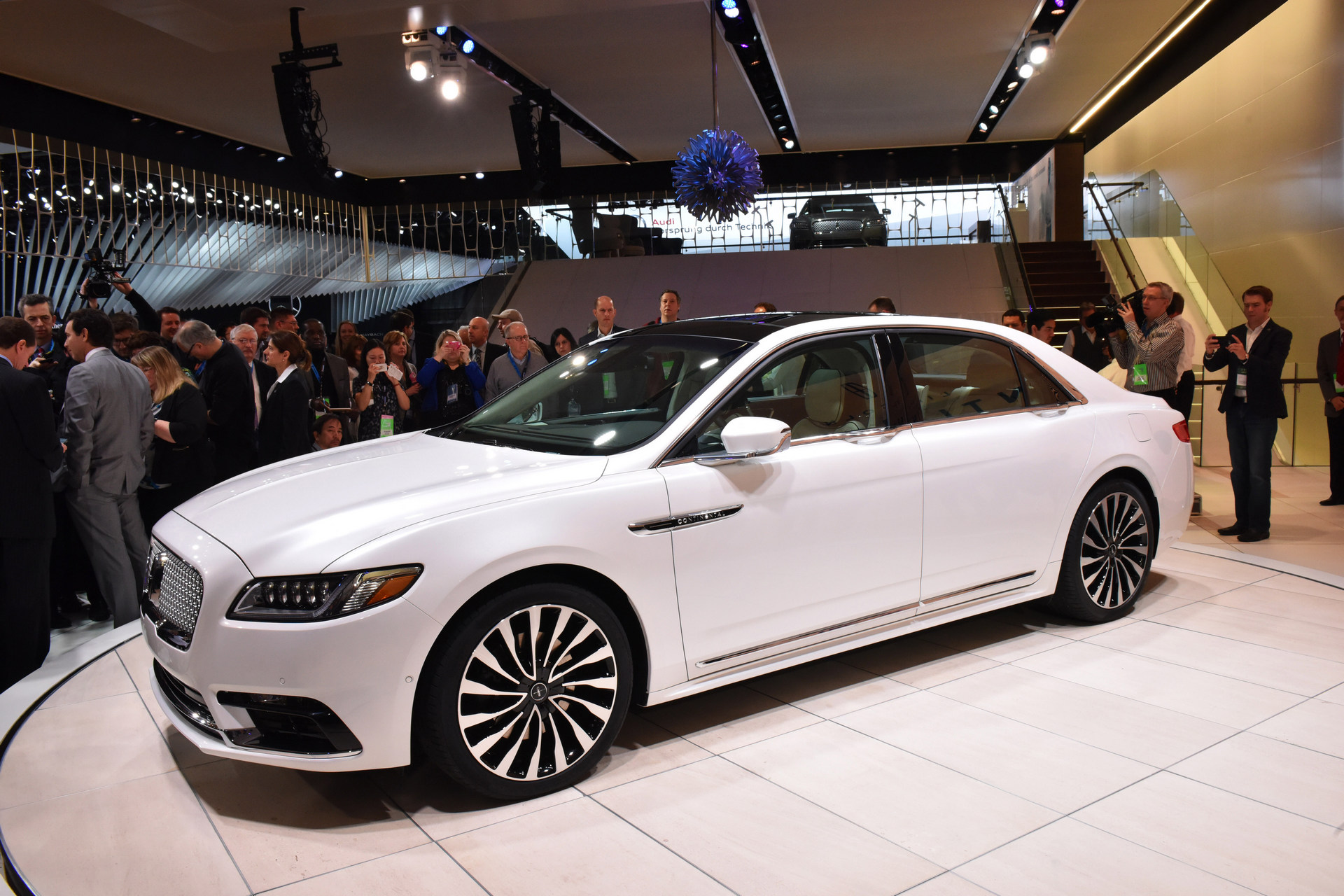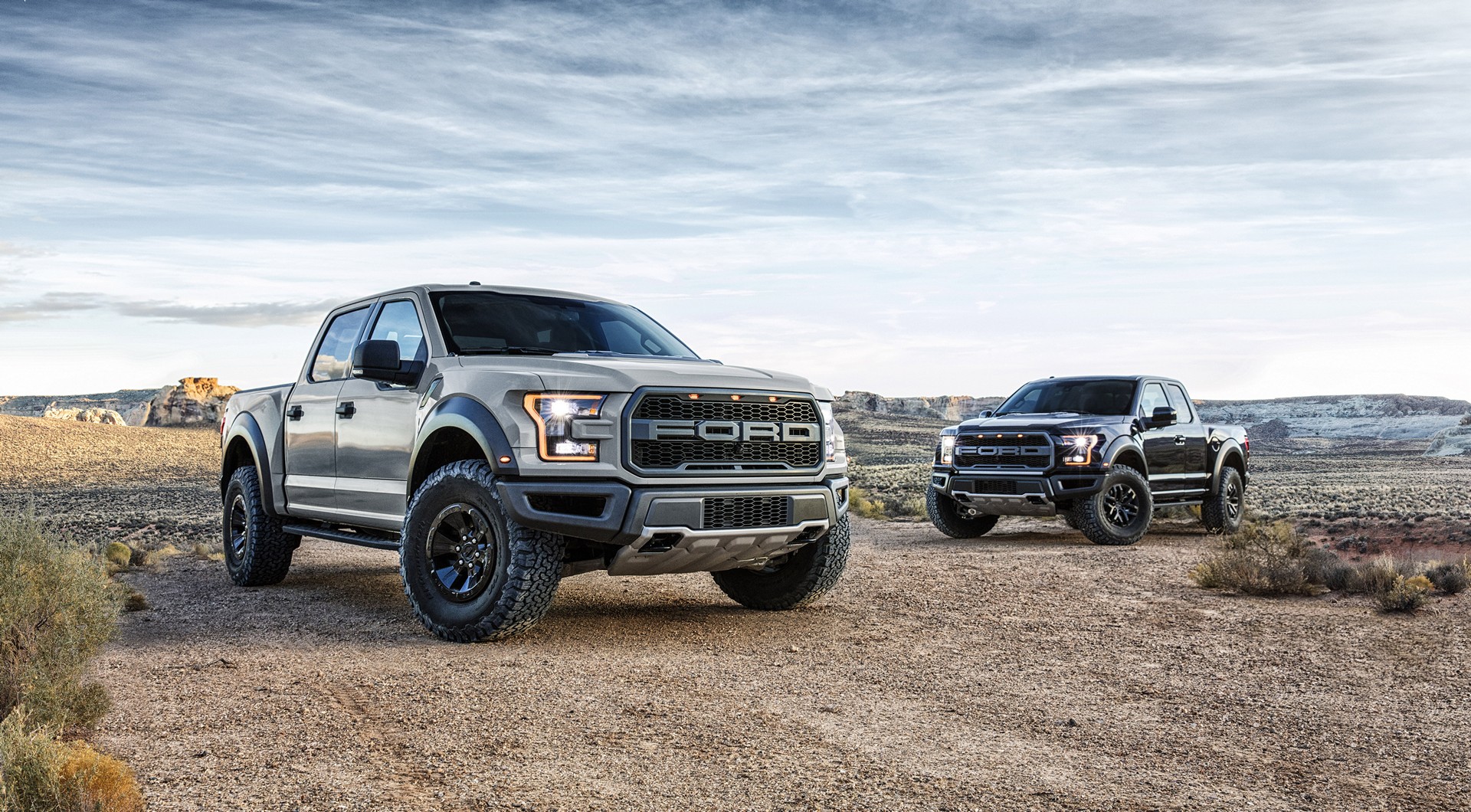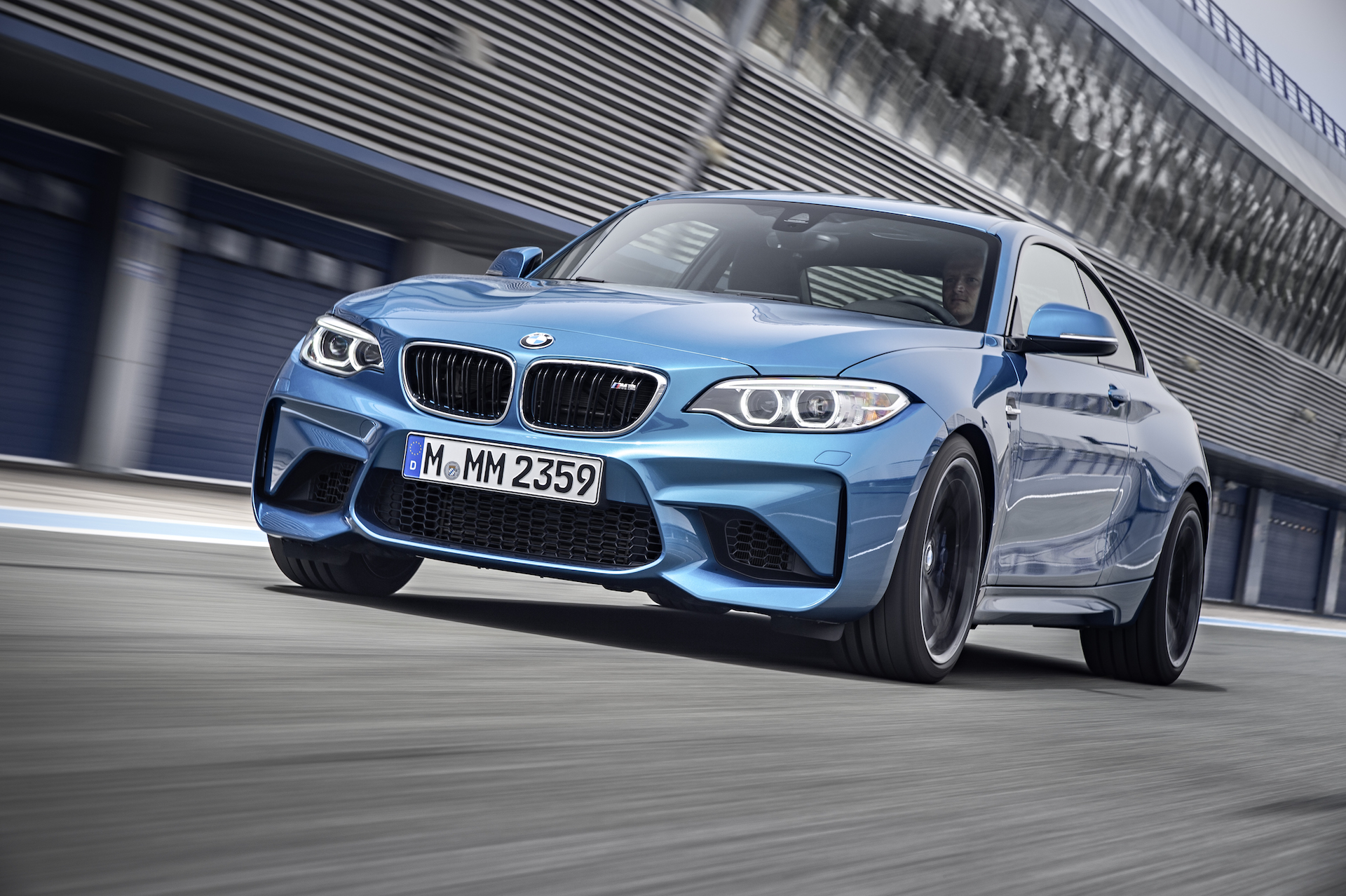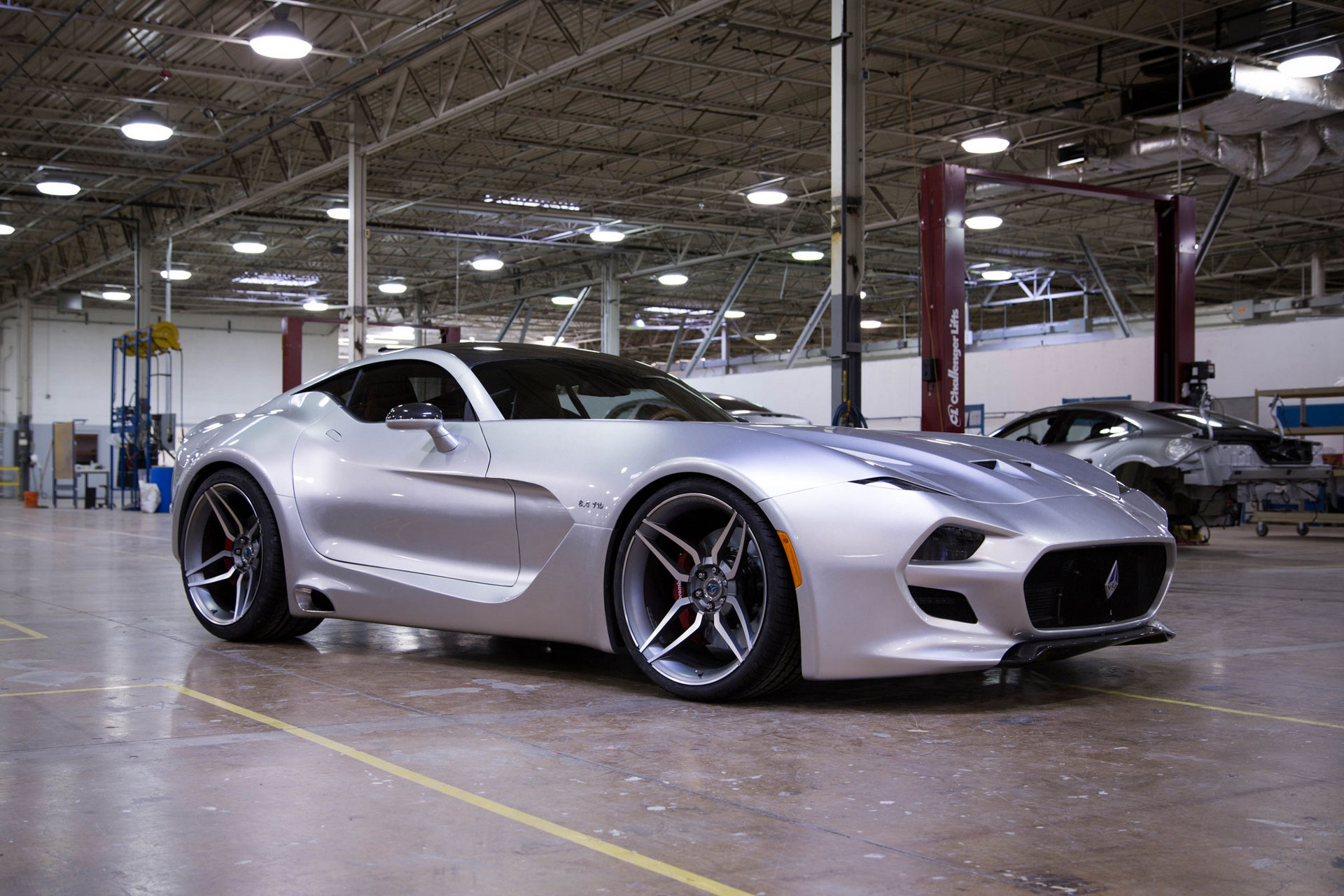The North American International Auto Show (NAIAS) is an annual auto show held in Detroit, Michigan at Cobo Center, usually in January. It is among the largest auto shows in North America. The 2016 show is set to run from January 11 to January 24. Today Carrrs.com presents the best cars of event.
Buick Avista Concept
The Avista concept – a 2+2 coupe that pushes the brand’s contemporary design ethos and rekindles its historic performance roots.
A sleek, sweeping proportion is the foundation for this vision of a contemporary grand tourer, with a 400-horsepower twin-turbocharged V-6 driving the rear wheels and a driver-focused cockpit offering a comfortable, connected center of control.
“The Avista embodies the dynamic soul of Buick,” said Duncan Aldred, vice president of Global Buick Sales, Service and Marketing. “It is a modern expression of the brand’s heritage of sophisticated performance, communicated with beautiful elegance.”
The Avista’s uninterrupted body lines stretch front to rear, suggesting motion – resembling Buick’s design language introduced on the Avenir concept and carried into production on the 2017 LaCrosse. The absence of conventional B-pillars between the doors and rear side windows enhances the flowing profile.
Acura Precision Concept
The Acura Precision Concept was developed by the Acura Design Studio in California to express the Acura brand DNA of “Precision Crafted Performance.”
With an emphasis on high-contrast details and the intersection of modern, sheer surfaces and muscular, organic sculpting, the Acura Precision Concept communicates Acura’s focus on performance and prestige through its ultra-low and wide stance, long dash-to-axle ratio, deeply sculpted surfaces and the debut of a new Diamond Pentagon grille.
The Acura Precision Concept’s crouched and athletic stance is further emphasized by its deeply sculpted side surfaces pouring over swelling rear wheel arches covering 22-inch wheels and tires. The forward-looking concept also features signature lighting designs – in front with its Jewel Constellation LED headlights composed of organically arranged fractal elements, and in back with floating LED taillights.
A key design theme, dubbed “quantum continuum,” is seen in the seamless transition of materials and structure from the exterior to the interior of the vehicle, which is further highlighted by the absence of a b-pillar. The large door rocker panel flows into the interior side sill, transitioning into a cantilever for the floating rear seats. The rear center high-mounted stoplight becomes an architecture element piercing the rear glass and then flowing down to help form the structure for the metal airfoil shape of the rear headrests.
Volvo S90
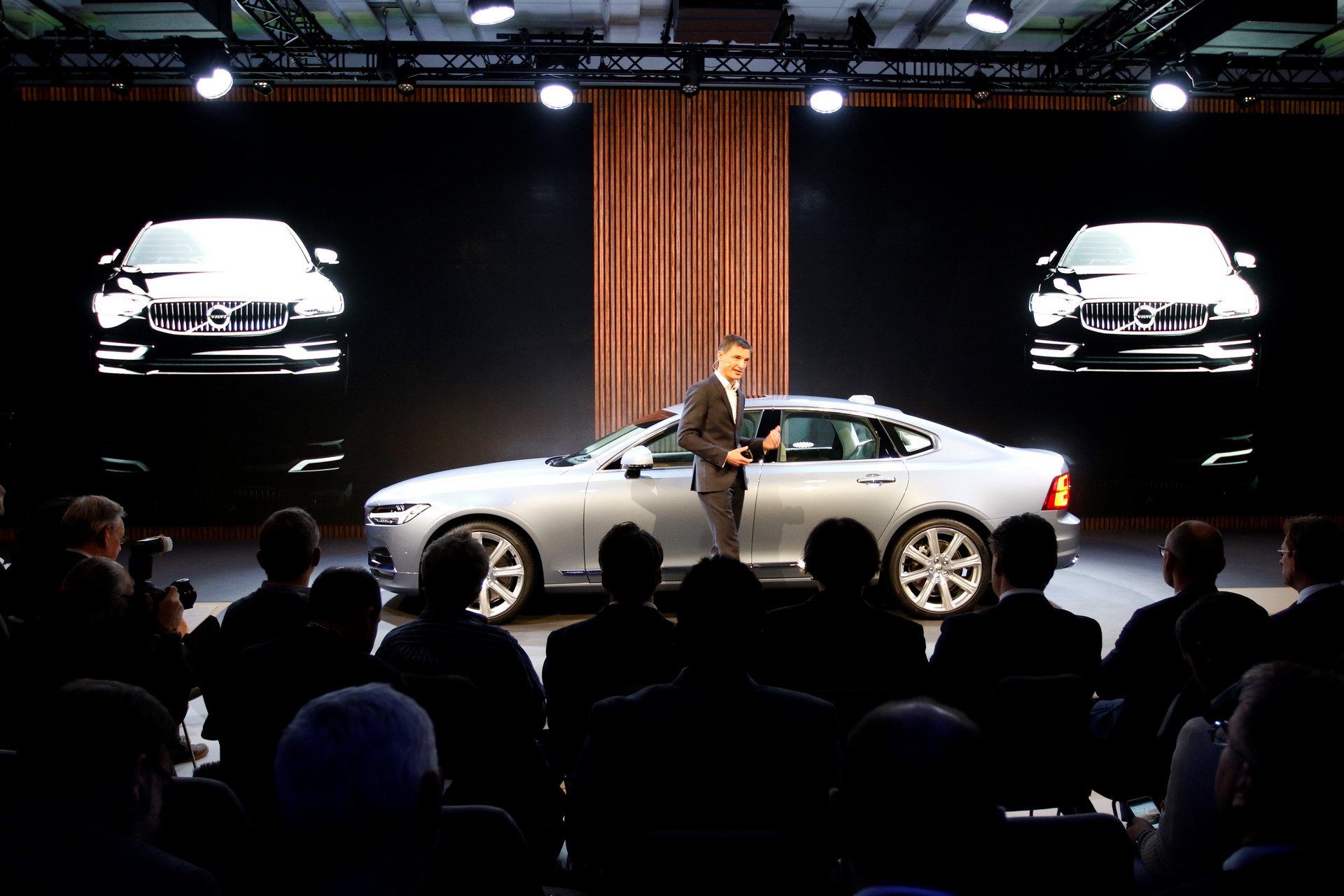
Thomas Ingenlath, Senior Vice President Design at the reveal of the new Volvo S90 © Aktiebolaget Volvo
The new Volvo S90 is Volvo Cars’ entry ticket to the premium sedan club. The S90 marks a giant step forward for Volvo Cars. The Swedish car maker is better known for its SUVs and estates, but with the launch of the S90 Volvo is clearly intent on shaking up the premium sedan segment with its distinctive executive class sedan. Equipped with a host of new technologies ranging from cutting edge safety to cloud-based apps and services, the S90 is further proof of the Swedish brand’s continuing transformation.
The new Volvo S90 comes equipped with an advanced semi-autonomous drive feature, Pilot Assist. The system gives gentle steering inputs to keep the car properly aligned within lane markings up to motorway speeds of around 130 km/h and no longer needs to follow another car. Pilot Assist is another step towards full autonomous drive – a key innovation area for Volvo.
The S90 will also come with a clean and powerful T8 Twin Engine plug-in hybrid powertrain and one of the most luxuriously appointed interiors and connected infotainment systems in the large sedan segment.
“Our idea was to bring something entirely new to this rather conservative segment and deliver a visual expression that exudes leadership and confidence on the exterior. On the inside we have taken the S90 to the next level, delivering a high-end luxury experience that promises comfort and control,” said Thomas Ingenlath, Senior Vice President Design at Volvo Car Group.
Mercedes-AMG S 65 Cabriolet
A clear view all the way to the sky, four passengers, twelve cylinders – this combination is offered by the Mercedes-AMG S 65 Cabriolet. With an output of 463 kW (630 hp) and torque of up to 1,000 Nm, the 6.0-litre V12 biturbo engine catapults the convertible from a standstill to 100 km/h in 4.1 seconds, while returning consumption figures considerably below those of comparable vehicles.
Further factors contributing to its unique driving feel are the AIRMATIC-based sports suspension with stepless damper control, as well as a plethora of exclusive appointments and the three-layer soft top.
Mercedes-Benz E-Class
The exceptionality of the E-Class is underscored by a very special kind of distinction – at the beginning of January 2016, the new E-Class received the necessary approval when it became the first production car licensed for autonomous test driving in the U.S. state of Nevada. “The E-Class is the core of the Mercedes-Benz brand and, over the years, has consistently redefined the benchmark in the business-class segment. It is now carrying this tradition forward with a host of first-rate innovations. The new E-Class takes another major step towards fully autonomous driving. It also raises efficiency, safety and comfort, lowers the stress of driving and intensifies driving fun,” said Prof. Dr Thomas Weber, Member of the Board of Management of Daimler AG and responsible for Group Research and Mercedes-Benz Cars Development.
The interior of the E-Class is likewise groundbreaking. One distinctive feature is the two high-definition 12.3-inch displays, which visually merge to create a widescreen cockpit. The design can be adapted to personal preferences with three different styles – just one example of the many individualisation options offered by the new E-Class. It is also the first car equipped with touch-sensitive Touch Controls on the steering wheel, enabling control of the infotainment system via finger-swipe movements and ensuring the driver’s hands stay on the wheel.
Providing a supreme driving experience at market launch are a four-cylinder petrol engine rated at 135 kW (184 hp) and an all-new four-cylinder diesel engine producing 143 kW (195 hp). In the E 220 d, the new diesel engine achieves an NEDC combined consumption of just 3.9 litres per 100 kilometres, which equates to CO₂ emissions of 102 grams per kilometre. Further models will include the E 350 e featuring plug-in hybrid technology. With a system output of 210 kW (286 hp), it combines sports-car performance with compact-car fuel consumption.
Lexus LC 500

Toyota Motor Corporation President and Lexus Chief Branding Officer Akio Toyoda unveils the all-new Lexus LC 500 luxury sports car at the North American International Auto Show in Detroit © Toyota Motor Corporation
Beyond its styling and impactful performance, the new LC 500 serves as a symbol of the achievement that can result from heightened collaboration between design and engineering groups and their commitment to help overcome each other’s hurdles. When Akio Toyoda challenged these development groups to produce this special car, it meant surpassing many manufacturing, design, material, and dynamic obstacles that could typically compromise a vehicle’s targets or design vision.
The LC 500 was driven by a strong, appealing fundamental design target (LF-LC), and engineering teams worked tirelessly to find new solutions to maintain as much of the concept in the production car as possible. Likewise, vehicle designers were very involved from the earliest stages of the dynamic development process to understand the engineering targets and collaborate with design viewpoints and potential solutions. With LC 500, additional levels of prototype vehicle build also allowed both teams to better study design or engineering ideas and refine key elements. For Lexus, the LC 500 project became much more than simply the development of a new coupe. The LC 500, with the shift in engineering processes and design ideologies it represents, symbolizes the beginning of a new phase for the Lexus brand.
Lincoln Continental
The all-new Lincoln Continental – an elegant, effortlessly powerful, serene full-size sedan that delivers quiet luxury to the industry’s most discerning customers. Beginning this fall, Continental offers first-class travel for clients in America and China, bringing warm, human touches and a contemporary design. The full-size sedan is designed to appeal to culturally progressive clients who define luxury on their own terms – craving superior quality, craftsmanship and safety.
“The Continental name has long been associated with the ultimate in Lincoln beauty and luxury,” said Kumar Galhotra, president of Lincoln. “With the all-new model, we are focusing on creating more human, personally tailored experiences for our clients – providing what we call quiet luxury.”
All-new Continental design is thoroughly modern, with Lincoln’s new signature grille and an athletic profile that is dynamic and progressive.
Audi h-tron Quattro concept
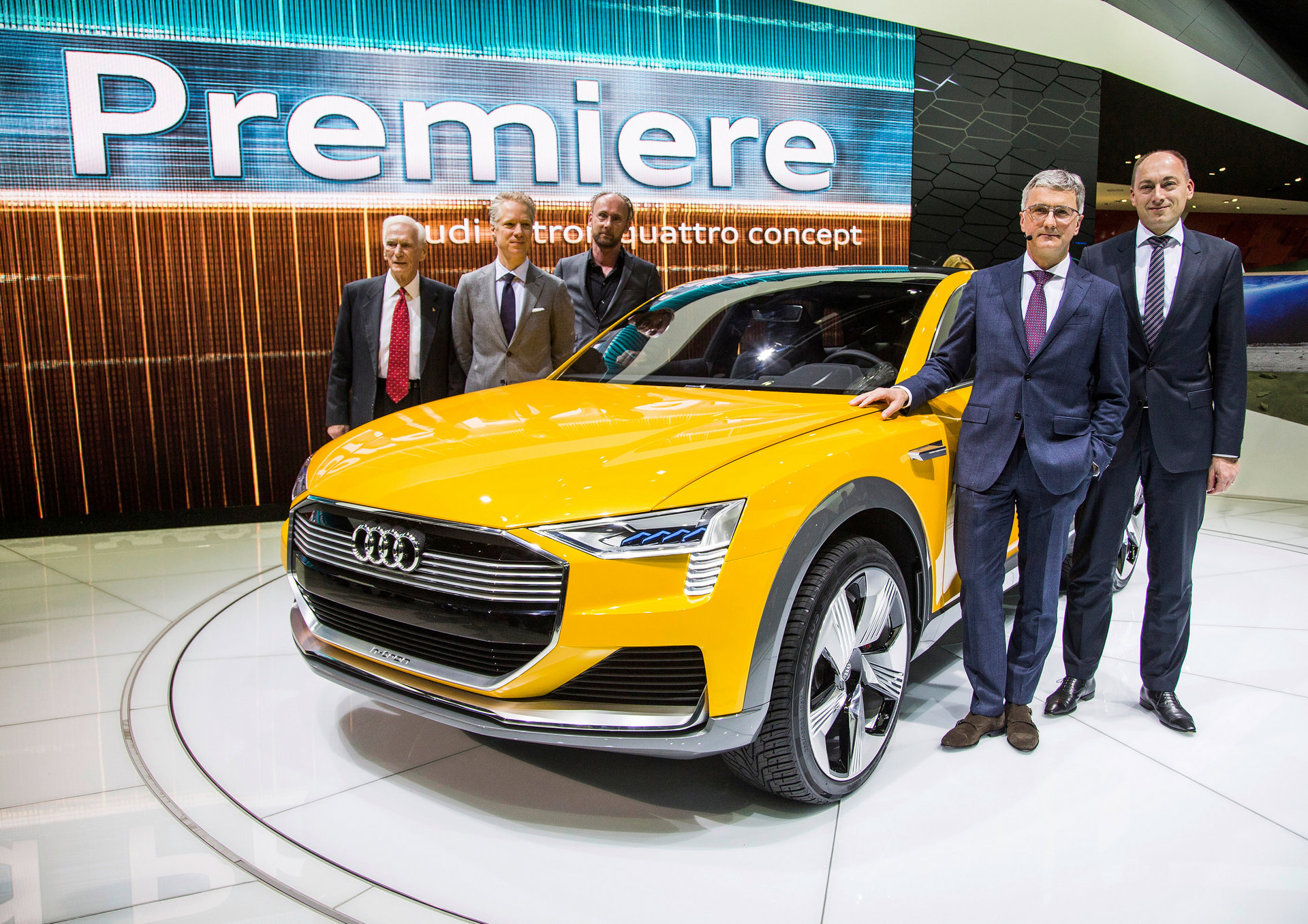
Captain Eugene Cernan; Scott Keogh, President, Audi of America; Marc Lichte, Head of Design of AUDI AG; Prof. Rupert Stadler, Chairman of the Board of Management of AUDI AG and Dr. Stefan Knirsch, Member of the Board of Management of AUDI AG for Technical Development, next to the Audi h-tron quattro concept, at the 2016 North American Auto Show in Detroit © Volkswagen AG
The Audi h-tron quattro concept provides a foretaste of the technologies for piloted driving and parking that will go into production in 2017 with the next generation of the Audi A8 full-size sedan. Piloted driving at Audi revolves around the central driver assistance controller (zFAS). It computes a model of the car’s surroundings in real time and makes this information available to the assistance systems and the piloted driving and parking systems. The latter can assume driving tasks during parking or in stop-and-go traffic on freeways at speeds of up to 60 km/h (37.3 mph).
Porsche 911 Turbo and Turbo S Coupe
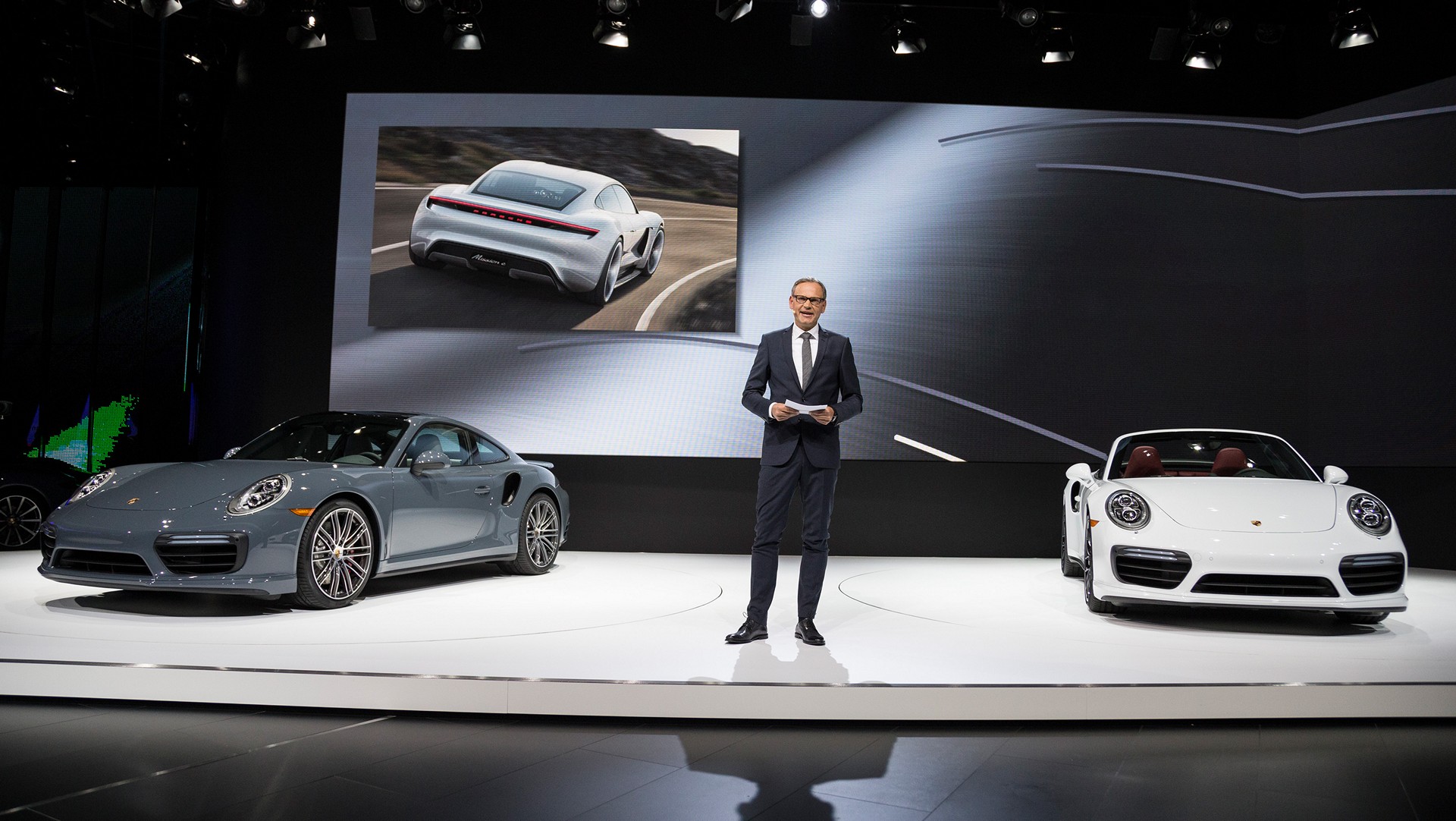
Oliver Blume, CEO, 911 Turbo and 911 Turbo S, North American International Auto Show, Detroit © Dr. Ing. h.c. F. Porsche AG
The top models of the 911 model series – the 911 Turbo and 911 Turbo S – now boast 15 kW (20 hp, 911 Turbo: Combined fuel consumption 9.1 l/100 km, CO2 emissions 212 g/km, 911 Turbo Cabriolet: Combined fuel consumption 9.3 l/100 km, CO2 emissions 216 g/km) more power, a sharpened design and improved features. The models will be available in both coupe and convertible versions from the start. The bi-turbo six-cylinder engine in the 911 Turbo with 3.8 litres of displacement now has a power output of 397 kW (540 hp).
This power gain was achieved by modified inlet ports in the cylinder head, new injection nozzles and higher fuel pressure. The 911 Turbo S now develops 427 kW (580 hp) thanks to new turbochargers with larger compressors. Porsche is still the only manufacturer to utilise turbochargers with variable turbine geometry in petrol engines.
The engines now also have what is known as a dynamic boost function to further improve engine response in dynamic operation. It maintains the charge pressure during load changes – i.e. when the accelerator pedal is released briefly. This is achieved by just interrupting fuel injection, whereas the throttle valve remains open. As a result, the engine reacts with practically no delay to another press of the accelerator pedal. The effects of this function are more pronounced in the Sport and Sport Plus modes than in Normal mode.
Infiniti Q60
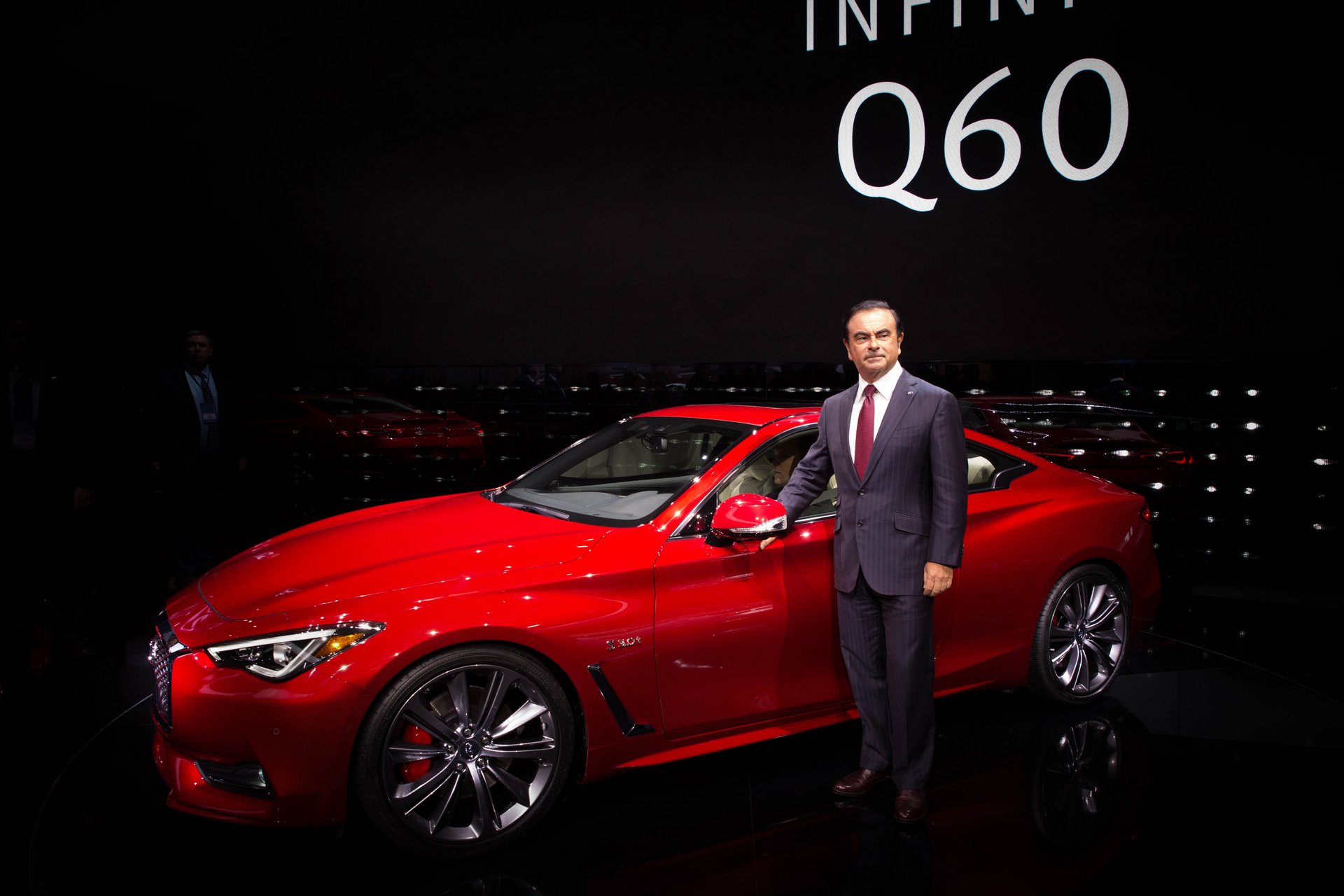
Infiniti has unveiled the new Q60 sports coupe at the 2016 North American International Auto Show (NAIAS) in Detroit © Nissan Motor Co., Ltd.
The new Infiniti Q60 is a premium sports coupe that combines expressive design with exhilarating performance and dynamics.
The Q60’s bold exterior – lower and wider than predecessors – expresses a powerful elegance through its daring proportions and taut, muscular lines. Dynamic enhancements, including an all-new lightweight and sophisticated 3.0-liter V6 twin-turbo engine, together with new adaptive steering and digital suspension systems, result in a premium sports coupe designed and engineered to perform.
The high performance 3.0-liter V6 twin-turbo engine from the new and exclusive “VR” powertrain family is born out of the brand’s extensive in-house experience of six-cylinder powertrain development. The new engine has been engineered to empower the driver and offer increased power and torque with high levels of efficiency. This new “VR30” engine comes in two power ratings: 300 horsepower or 400 horsepower, with the latter offering one of the best power-to-efficiency ratios in the premium sports coupe class.
Ford F-150 Raptor
F-150 Raptor is unique among off-road and performance vehicles, with a purpose-built engine, chassis and suspension that enables it to travel fast over challenging desert landscapes or crawl over rocky terrain.
F-150 Raptor SuperCrew with four full-size doors provides rear passengers with more legroom and comfort on the trails and more space to stow gear while exploring the American and Canadian wilderness. SuperCrew’s 145-inch wheelbase is 12 inches longer than the standard Raptor SuperCab 133-inch wheelbase.
The all-new F-150 Raptor starts with a purpose-built fully boxed frame – the backbone of the truck – that is the strongest in the F-150 lineup, featuring more high-strength steel than the outgoing Raptor.
F-150 Raptor’s chiseled looks are reminiscent of Trophy Trucks – the fastest and most powerful class of off-road pickups. F-150 Raptor is 6 inches wider than standard F-150 for enhanced stability off-road.
BMW M2
Making its highly anticipated world debut, the first ever BMW M2 features the renowned BMW M performance complimented by a sleek interior and exterior design. The new entry model of the BMW M GmbH is perfectly aligned with M tradition ensuring unbeatable driving dynamics on the roads and the track, embodying the true DNA of BMW M vehicles.
A newly developed M TwinPower Turbo technology 3-liter, 6-cylinder engine produces 365 bHP and 343 lb-ft of torque between 1,400 and 5,560 with an overboost function raising this figure to 369 lb-ft between 1,450 and 4,750 catapulting the high performance vehicle from 0-60 mph in 4.2 seconds ( M DCT) with a top speed of 155 mph. Inspired by its motorsport roots, the BMW M2 sets the pace in its segment when it comes to agility, driving feeling, directional stability, steering precision and controllability at the limit, without any compromise in everyday use.
The 2016 BMW M2 will be available at authorized BMW centers starting at $51,700 plus Destination and Handling starting in April 2016.
VLF Automotive Force 1 V10
The two-seat, all carbon fiber-bodied Force1 is a high-performance, low-production sports car. Force 1 features an all carbon fiber, lightweight body and 21-inch wheels with high-performance Pirelli P Zero tires and Brembo high-performance brakes. The car has one of the most powerful naturally aspirated road engines in the world delivering the best performance in its price class.
Force 1 embodies Henrik Fisker’s design language, which underpins all VLF Automotive cars. With Fisker’s signature balance between Proportion, Sculpture and Graphics, the exterior design of Force 1 boasts classic American sports car proportions with the long hood, short front overhang, long tail, pushed out wheels.



































